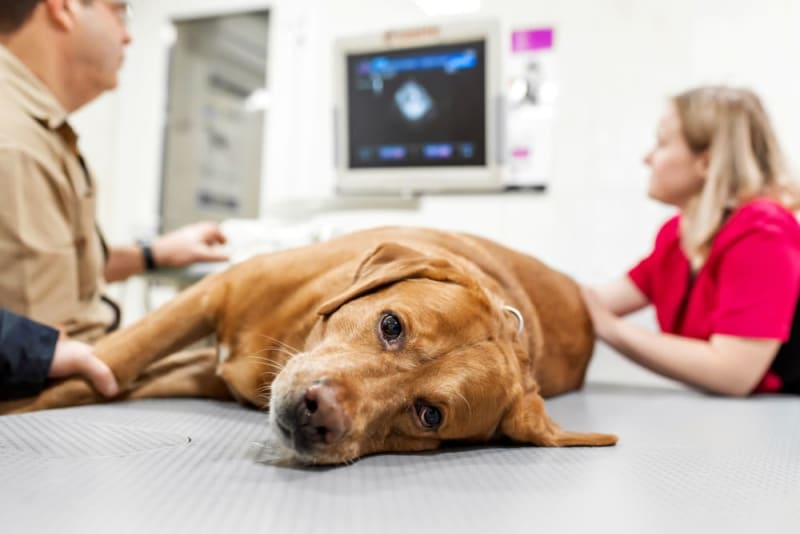Taking care of your pet can sometimes feel like a puzzle. When your cat sneezes or your dog limps, what do you do? With knowledge from professionals like a Roanoke veterinarian, you can better understand how vets diagnose and treat common pet illnesses. They start by observing your pet’s behavior. Is there a change in appetite or energy levels? Next, they perform physical exams to check for visible issues. Afterward, diagnostic tests like blood work or x-rays may be used to pinpoint the problem. Once the illness is identified, treatment plans are created. These could involve medication, dietary changes, or sometimes surgery. This structured approach ensures pets get the right care and support. By understanding these steps, you can communicate more effectively with a vet and feel confident in the care your pet receives. This journey aims to bring comfort to you and health to your pet.
Initial Observations
When you notice something unusual with your pet, it’s essential to pay attention to the details. Pets can’t vocalize their discomfort, so it’s up to you to observe changes in behavior, appetite, and energy. These initial observations provide crucial information. For example, a dog that refuses food for more than a day may indicate a gastrointestinal issue.
Physical Examination
A physical exam is the next step in diagnosing pet illnesses. The vet checks for lumps, bumps, and any visible injuries. They listen to your pet’s heart and lungs and assess their overall condition. The vet might gently palpate the abdomen to detect any irregularities. This hands-on assessment is fundamental in identifying potential problems.
Diagnostic Testing
When physical exams don’t reveal enough, diagnostic tests come into play. Blood tests, x-rays, and ultrasounds help uncover underlying issues. For instance, blood tests can identify infections, while x-rays can locate fractures. These tests provide a deeper understanding of your pet’s health. You can learn more about how vets use these diagnostic tools from the American Veterinary Medical Association.
Treatment Planning
Once a diagnosis is made, vets create a treatment plan. This might include medications to fight infections or manage pain. In some cases, dietary changes are necessary to aid recovery. Surgery becomes an option if non-invasive treatments are not enough. A tailored plan ensures that your pet receives the most effective care possible.
Common Pet Illnesses and Treatments
This table shows common pet illnesses and typical treatments:
| Illness | Symptoms | Treatment |
|---|---|---|
| Ear Infections | Itching, redness, discharge | Antibiotics or ear drops |
| Fleas | Excessive scratching, bites | Topical or oral flea preventatives |
| Diabetes | Increased thirst and urination | Insulin, diet changes |
Follow-Up Care
Routine care is more effective after treatment. Regular check-ups help monitor your pet’s recovery. Vaccinations, dental care, and parasite prevention play a role in maintaining health. Vets guide you through this process to ensure long-term well-being.
Communication with Your Vet
Effective communication with your vet is crucial. Share all observations, no matter how minor they seem. Ask questions to clarify any doubts. Understanding your pet’s condition and treatment boosts confidence in the care provided. For additional pet care resources, visit the American Animal Hospital Association.
Conclusion
Understanding how vets diagnose and treat pet illnesses empowers you to be an active participant in your pet’s health. From recognizing symptoms to following treatment plans, each step is essential. When you work closely with your vet, you contribute significantly to your pet’s happiness and health. This collaboration ensures your pet receives the care they deserve, bringing peace of mind to you and comfort to your furry friend.

